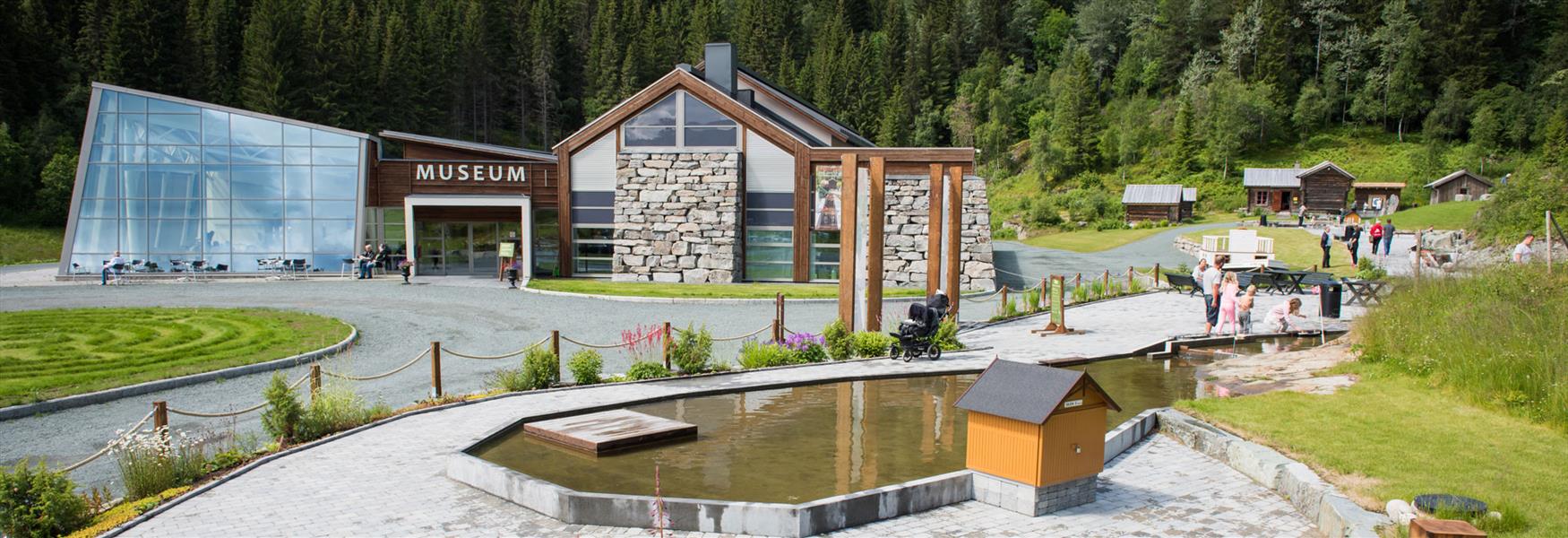Telemark is rich in important historical events, and its many museums and attractions give you insight into everything from world-class Norwegian industrial history to rural museums, traditional costumes, stave churches, and the region's unique maritime traditions.
Rural museums, industrial history, and Ibsen
The Vest-Telemark bunad is well known to many, and we recommend visiting one of the rural museums that showcase beautiful examples of handicrafts and the long tradition of rosemaling (decorative painting) in the region. At Heddal Bygdetun and the Telemark Museum, you can see buildings where both the ceilings and walls are decorated with rosemaling. In Eidsborg, you'll find the West-Telemark Museum, which features exhibits on local craftsmanship, a rural museum, and a 105-meter long model of the Telemark Canal. In Telemark, you will also find two stave churches: Eidsborg Stave Church and Heddal Stave Church, which is Norway's largest. There are also exciting historical sites you might not have heard of. For example, visit Åmdalsverk Copper Mine in Dalen or its larger counterpart, the Norwegian Mining Museum in Kongsberg.
In Rjukan and Notodden, you’ll gain insight into Norsk Hydro’s history and learn about the dramatic events at the Vemork Power Station, where the heroes of Telemark sabotaged the Germans’ heavy water production during World War II. The industrial history of these two towns is part of the UNESCO World Heritage list. At Porsgrund Porcelain Factory, you can explore an interactive porcelain museum, and the factory is still in operation, allowing you to see how the famous blue fluted pattern is painted on the porcelain. The factory also has exhibitions and a factory outlet. In Skien, you'll find the Telemark Museum with Søndre Brekke Manor, which forms the basis for Brekkeparken, a beautiful park inspired by the English landscape style. Just five kilometers outside the city lies Henrik Ibsen’s childhood home, which is now a museum.
